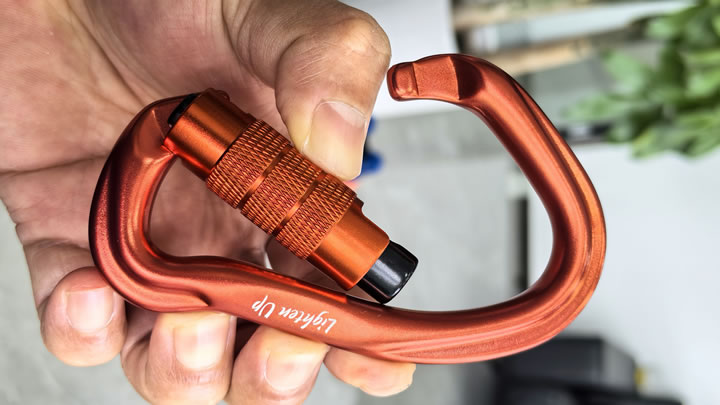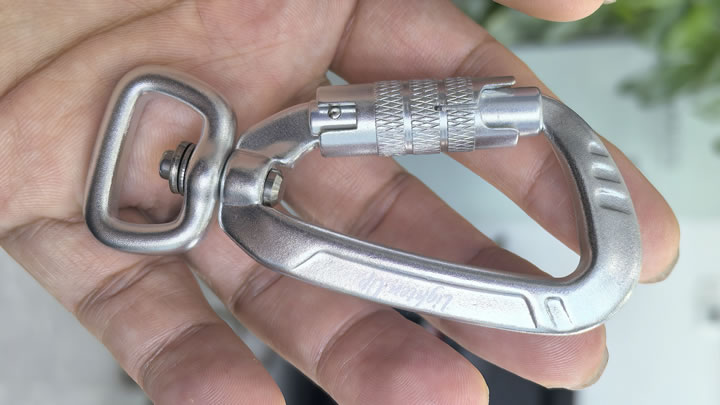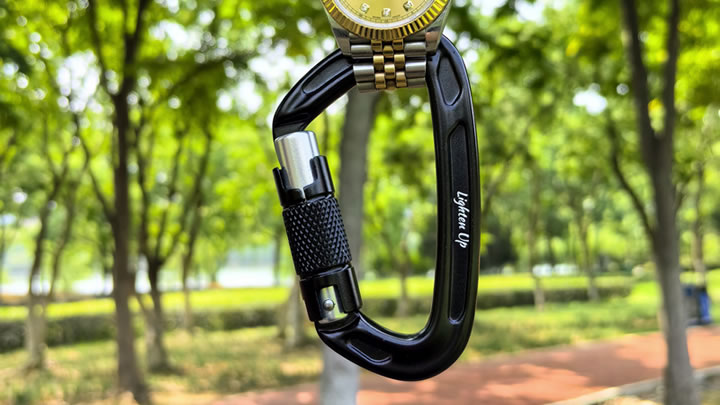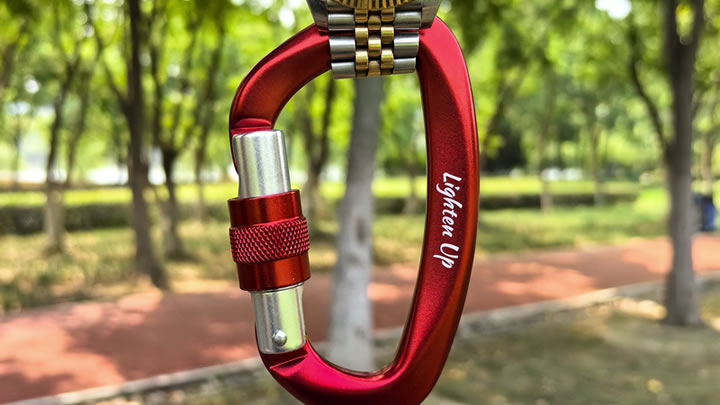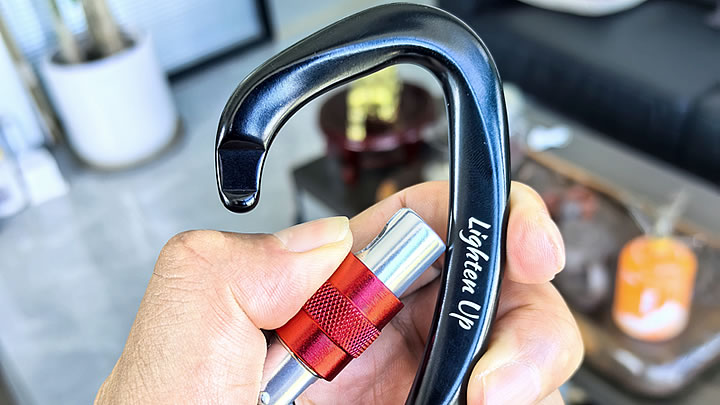Proper way to use a compass for hiking?
Proper Way to Use a Compass for Hiking? A Step-by-Step Navigation Guide
In our GPS-dependent world, 65% of hikers can't properly use a compass - a dangerous statistic when technology fails. This definitive guide teaches military-approved compass navigation that could save your life in the wilderness.
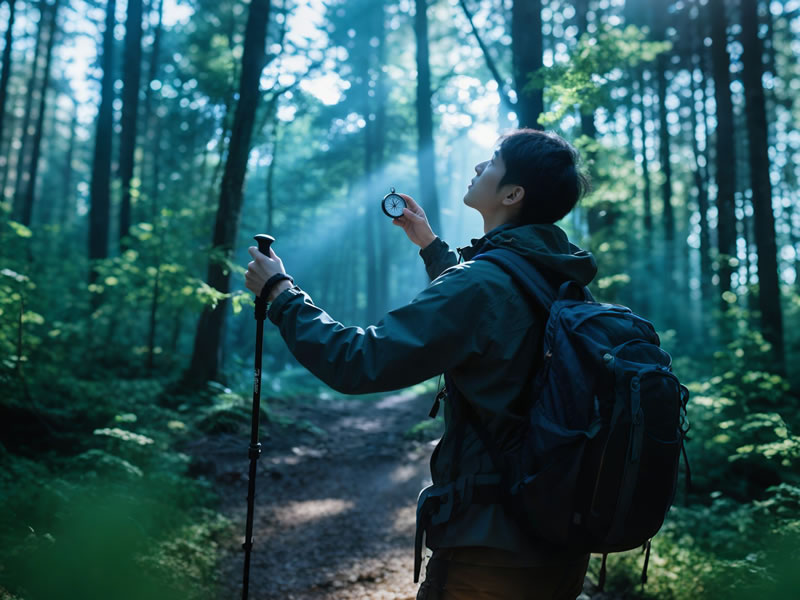
Why Every Hiker Needs Compass Skills
- GPS devices fail (dead batteries, poor signal)
- Smartphones lose 87% accuracy in dense forests
- US National Park Service reports 300+ annual rescues due to navigation errors
- Works without cellular service worldwide
Anatomy of a Hiking Compass
Understand these key components:
- Magnetic needle (red end points to magnetic north)
- Rotating bezel (degree markings)
- Orienting arrow (baseplate outline)
- Direction-of-travel arrow (printed on base)
- Declination adjustment (critical for accuracy)
Step 1: Compass Calibration
- Find open space away from metal objects (cars, power lines)
- Check local magnetic declination (use NOAA's online calculator)
- Adjust declination screw if your compass has this feature
Pro Tip: Magnetic north shifts annually - verify your map's publication date.
Step 2: Taking a Bearing
Scenario: You need to hike to a distant lake at 120° true north.
- Hold compass flat at waist level
- Rotate bezel until 120° aligns with direction arrow
- Turn your body until red needle overlaps orienting arrow
- Follow direction arrow while keeping needle aligned
Step 3: Triangulation (When Lost)
- Identify two landmarks on map (peak, tower)
- Take bearing to first landmark
- Draw line on map along back bearing
- Repeat for second landmark
- Your location is where lines intersect
Common Mistakes & Fixes
❌ Error: Holding compass near metal (belt buckle, phone)
✅ Fix: Step 10 feet away from gear
❌ Error: Ignoring declination
✅ Fix: Add/subtract your local declination value
❌ Error: Moving while taking bearing
✅ Fix: Brace elbows against ribs
Advanced Techniques
- Night navigation (glow-in-theark compasses)
- Whiteout conditions (follow bearing in short segments)
- Pacing count (measure distance by steps)
Compass Maintenance
- Keep away from magnets (speakers, electronics)
- Store with bezel locked to preserve needle
- Check accuracy monthly against known landmarks
Practice Drills Before Your Hike
- Backyard course (navigate to 3 objects)
- Map correlation (find yourself using terrain)
- Low-visibility test (blindfolded bearing checks)
When to Trust Your Compass Over GPS
- Dense forest canyons
- Heavy cloud cover
- Glacier travel (magnetic anomalies)
- Emergency battery failure
"A compass doesn't need batteries - but it does need practice." Try these exercises on your next hike:
- Navigate to a visible peak using only compass bearings
- Retrace your route without turning on GPS
- Find your position using two terrain features
Have you ever been saved by a compass? Share your story below!

